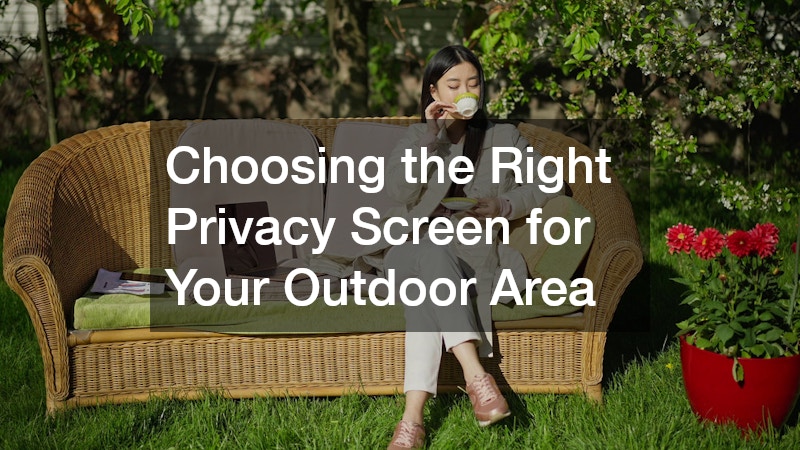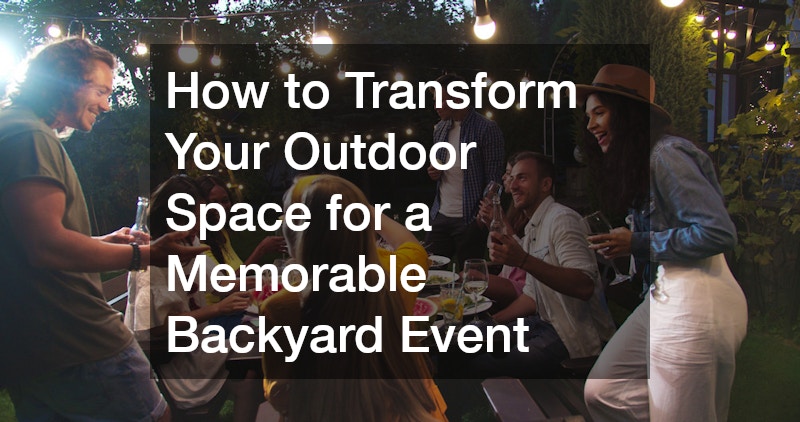In an age where outdoor living spaces are cherished extensions of the home, creating a comfortable and private sanctuary has become a top priority for many Australians. Whether you’re lounging on the patio, entertaining friends or enjoying a quiet moment with a book, a well-designed privacy screen can significantly enhance your outdoor experience. More than just a barrier, a privacy cover offers style, protection and a sense of seclusion, making it an essential addition to modern outdoor living.
Understanding the Purpose of a Privacy Cover
The first step in choosing the right cover for your outdoor area is understanding what you want it to achieve. While the primary function is to create a visual barrier between your property and neighbouring areas, privacy screens can also serve as windbreaks, shade providers and even decorative features. For city dwellers and suburban homeowners alike, a privacy shield can dramatically improve both comfort and livability by reducing outside noise and shielding your space from prying eyes.
In many Australian backyards, particularly those with smaller lot sizes or closely built homes, privacy can be a challenge. A strategically positioned screen not only offers seclusion but can also delineate zones within a garden, helping you define areas for dining, relaxation or play.
Materials That Match Your Lifestyle
Privacy shields come in a wide variety of materials, each offering different benefits in terms of maintenance, aesthetics and durability. Timber is a popular choice, bringing a natural warmth that complements Australian landscapes. Hardwood screens are particularly resilient and can be stained or painted to suit your décor. However, they do require periodic maintenance to protect against weathering.
For a more modern or low-maintenance option, aluminium or steel screens are excellent alternatives. Powder-coated metal screens are corrosion-resistant and come in a range of colours and laser-cut patterns that double as artistic elements in your outdoor space. These materials are especially well-suited to coastal areas where salty air can be harsh on untreated surfaces.
Composite materials, made from a blend of wood and plastic, offer the look of timber without the upkeep. They’re fade-resistant and durable, making them ideal for high-traffic or family-friendly areas.
Design & Aesthetic Appeal
Your choice of personal screen should align with the overall look and feel of your outdoor area. If your backyard features a tropical garden or rustic landscaping, a timber screen with wide slats or a vertical garden feature may blend in seamlessly. On the other hand, for contemporary or minimalist homes, sleek metal or composite panels with geometric cut-outs or abstract motifs can add a touch of sophistication.
Size and scale are equally important. A screen that’s too small might not provide adequate coverage, while one that’s too large can dominate the space and block light. Consider the height needed to achieve privacy without sacrificing airflow or views. Screens that are semi-transparent or have perforations can offer a perfect balance, filtering light while maintaining a level of openness.
Installation & Flexibility
When it comes to installation, some screens are permanent fixtures, while others are portable or modular. Fixed screens are ideal for long-term privacy solutions and can be integrated into existing fences, pergolas or walls. These options are best handled by professionals, especially if structural support is required.
Alternatively, freestanding or foldable screens provide versatility for renters or those seeking temporary solutions. These can be repositioned as needed and are often lightweight for easy manoeuvring. For added functionality, consider screens with built-in planters or shelves, which not only enhance aesthetics but also serve as practical storage or greenery holders.
DIY enthusiasts can explore panel kits or pre-cut screen systems, many of which come with clear instructions and require only basic tools. However, always ensure you check local council regulations before making any permanent changes, especially for boundary fencing or tall installations.
Balancing Privacy with Nature

While privacy is the goal, it doesn’t mean cutting off your outdoor space from the natural world. Incorporating plants into or around your privacy shield can soften the appearance and create a more organic feel. Climbing vines like jasmine or wisteria can be trained to grow on lattice screens, offering seasonal blooms and lush foliage.
Bamboo screens or living walls are another green option that integrates seamlessly into garden settings. These options are particularly effective in urban environments where hard surfaces dominate, helping to cool the area and encourage biodiversity.
Choosing the right privacy screen for your outdoor area is about more than just blocking out the neighbours — it’s about creating a space that feels like your own. From the materials and design to the installation and maintenance, every choice contributes to the comfort, style and utility of your backyard.


